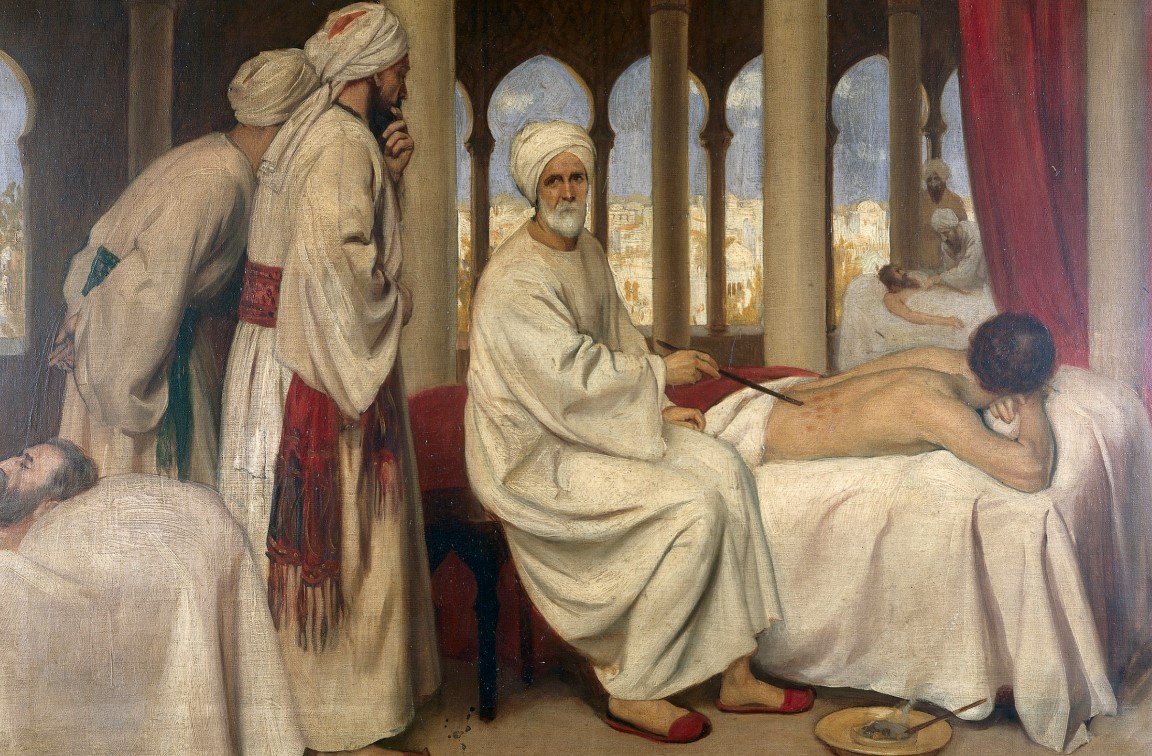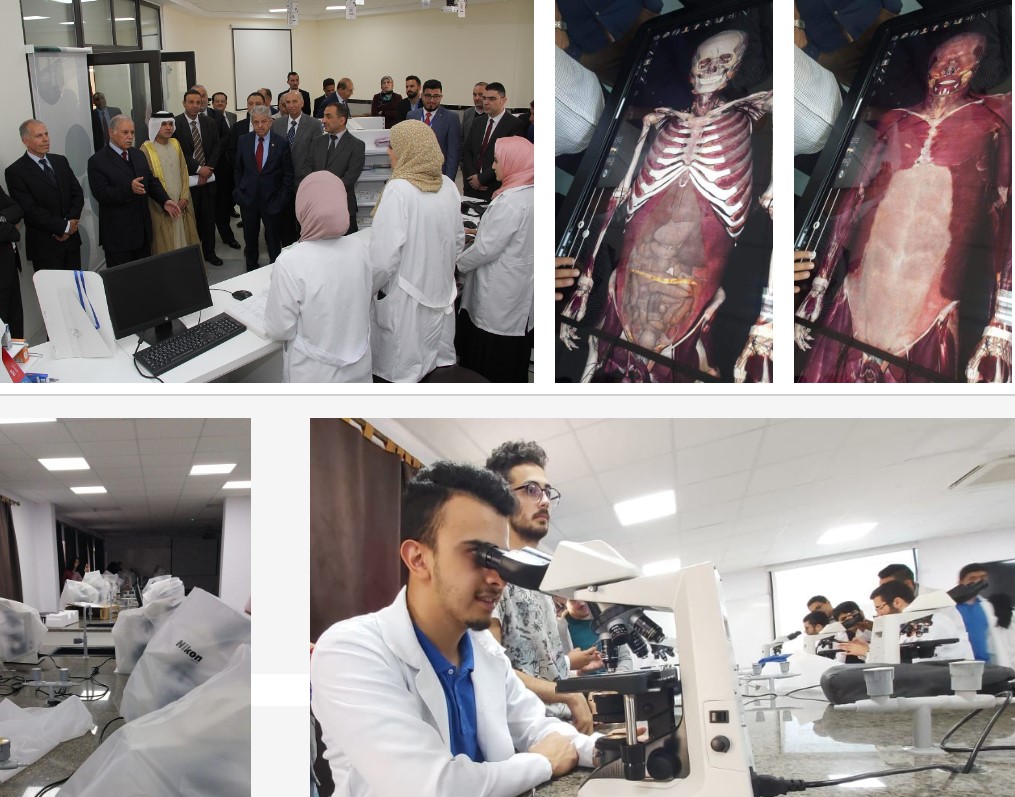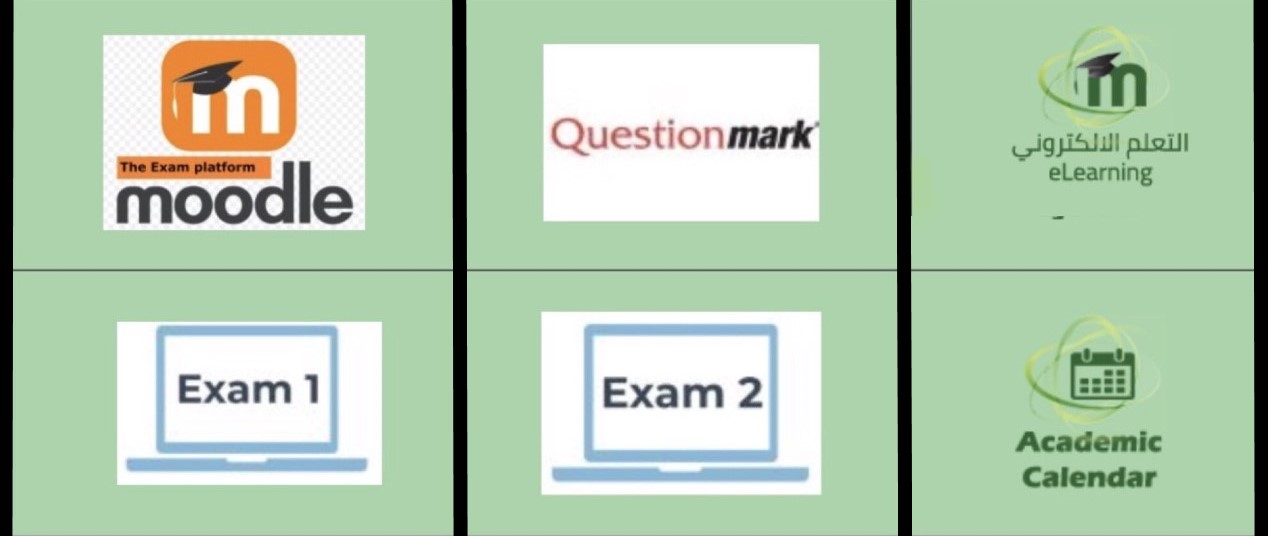
The educational resources for medical students throughout the history of medicine developed from studying at the hands of Hakim (the wise man) accompanying him for years and years; to reading the rare manuscripts of their mentors and doing some primitive scientific experiments, to the emergence of libraries that were packed with what the authors wrote and translators translated, then they were lined up on the shelves of public libraries.
If we delve into the deep history of the region of Mesopotamia, the eye of memory will see the libraries of Lagash, Nippur and Nineveh, while in the Levant the libraries of Mari and Ugarit, in the Nile Valley the Library of Alexandria, and the libraries of the ancient geographical neighborhood such as the library of Pergamon in Antioch and the library of the Athenian Academy.
(Then the major libraries in the era of Islamic civilization followed, and there were dozens of major libraries throughout the history of the successive Islamic countries, in addition to the libraries of mosques and private libraries. Among the major libraries, No one could skip Baghdad Library; “House of Wisdom” in the Abbasid era, which was founded by Harun al-Rashid in the eighth century AD and was destroyed by the Mongols in 656 AH corresponding to 1258 AD. There is another library in Islamic history with the same name, which is the House of Wisdom in Fatimid Cairo.
When we look at private libraries’ side; History tells us how this type of private libraries has spread widely throughout the Islamic world. Examples are the library of Caliph Al-Mustansir, and the library of Al-Fath bin Khaqan, who "was walking with the book in his sleeve looking at it." And the library of Ibn al-Amid, the famous prime minister of the Buyid dynasty.One of the largest public libraries in history was the Library of Cordoba in Andalusia, which was founded by the Umayyad Caliph Al-Hakam Al-Mustansir Billah in the year 350 AH / 961 AD.
The libraries of mosques in Andalusia were superior to their sisters in the East. The Great Mosque in Cordoba is one of the largest and greatest mosques. This famous mosque, which was established by the Umayyad Caliph Abd al-Rahman al-Dakhil in the year 170 AH / 786 AD), contained a large collection of books and rare copies of the holy Quran, most of which were destroyed during The invasion of King Ferdinand II's forces in the year 634 AH / 1236 AD.)
( The paragraphs between the two green brackets are translation of information in arabic mentioned in a press article published in alazeera.net )

In the midst of scientific and cultural development, medical education was evolving into experiments on the animal by dissecting it and knowing the effect of medicine on it and benefiting from the knowledge about its body to develop human medicine. We do not forget here
(Abu Al-Qasim Khalaf bin Abbas Al-Zahrawi (died after the year 400 AH/1013 AD), known in the western world as Abulcasis and described by many historians and doctors as ‘The father of modern surgery’.
One of his greatest contributions to medicine is the book “The Kitāb al-Taṣrīf (Arabic: كتاب التصريف لمن عجز عن التأليف,in literal meaning: The Arrangement of Medical Knowledge for One Who is Not Able to Compile a Book for Himself'), known in English as The Method of Medicine, is a 30-volume Arabic encyclopedia on Medicine and Surgery, written near the year 1000 AD by Al-Zahrawi (Abulcasis). It is available in translation. The Kitab al-Tasrif took al-Zahrawi over 50 years to complete. It contains information about a wide variety of illnesses, injuries, medical conditions, treatments, and surgical procedures. It describes over 200 different surgical instruments.
Surgeons continued to rely on the Kitab al-Tasrif well into the 1700s; some of Al-Zahrawi’s surgical procedures are still being used to this very day. This book was read by medical students at major universities in Europe until the late 1800s,. Al-Zahrawi is the first doctor to describe very precisely ‘ectopic pregnancy’.He was also the first to discover the genetic nature of ‘hemophilia’. He was a pioneer in making sutures to sew wounds, and used them in special intestinal surgery, and made them from the intestines of cattle and cats, and the first to practice internal suturing with two needles and a single thread attached to them).
(Al-Zahrawi’s paragraphs between the two green brackets were quoted from Al Zahrawi and Al-Tastrif in Wikipedia) .
An example of this great surgeon’s educational resources; He learned through the books, the experience of his teachers, the use of laboratories and the conduct of experiments.
.

In our era, modern technology had a role in the development of educational resources, first with the development of ‘printing’, then by invention of ‘microscopes’, and after that with the revolution sparked by ‘computer’, which preserved the information in databases and facilitated reference to it.
‘The Internet’ then shined to let the world be a small garden, not a small village- as usually said-. The circulation of knowledge became easy, even if it was through direct communication between two distant parties; the student and the source of knowledge either if their countries neigbored or they are separated by thousands of miles of lands and seas.
What our ancestries would have said if a message from the present told them in the past that present books now could be read through shiny glass screens as computer screens, or even through smaller screens such as tablets and smartphones ? They'll furrow their eyebrows and keep silent for a long time trying to understand this miraculous situation.
The indexing of books has also developed greatly, as the index paper cards for authors, books and topics have disappeared, and the ‘search process’ is done by few fingers or even sometimes a one finger tapping on a keyboard with buttons of letters, numbers and signs that immediately print before their eyes inside a rectangle on this glass screen. Then (TEK) a final click on the button (enter). That's it.
Then modern technology helped medical education by inventing electronic applications that facilitate the transfer of information over the Internet. Universities and schools applied this in their curricula for years, but everything changed after the COVID-19 pandemic, which began in 2019 and was followed by interrupted lockdowns in 2020, and openings of universities and hospitals in between them , which prohibited classical way of learning for a year and a half. This global problem let e-learning applications advance to the front in educational institutions and they were the pillars for the falling body of education to lean its back on and stay stand and strong. Even after the dust of this pandemic has settled, after the spread of the vaccine, e-learning has become important, along with classical face-to-face learning in all sectors of education especially medical education.

This is a historical look at the development of educational resources. We at Yarmouk University are inspired by the human heritage, memories of past libraries, and we merge with the scientific present in modern laboratories, and we breathe the fragrance of the future by benefiting from technological development by adding new sources of medical learning such as e-learning. Here in this list you will find three titles for educational resources for students of Faculty of Medicine at Yarmouk University:
2- laboratories
3- e-learning
While browsing them, We’ll tell you about the present that will make the future, as we told you in this introduction about the past that made the present.
